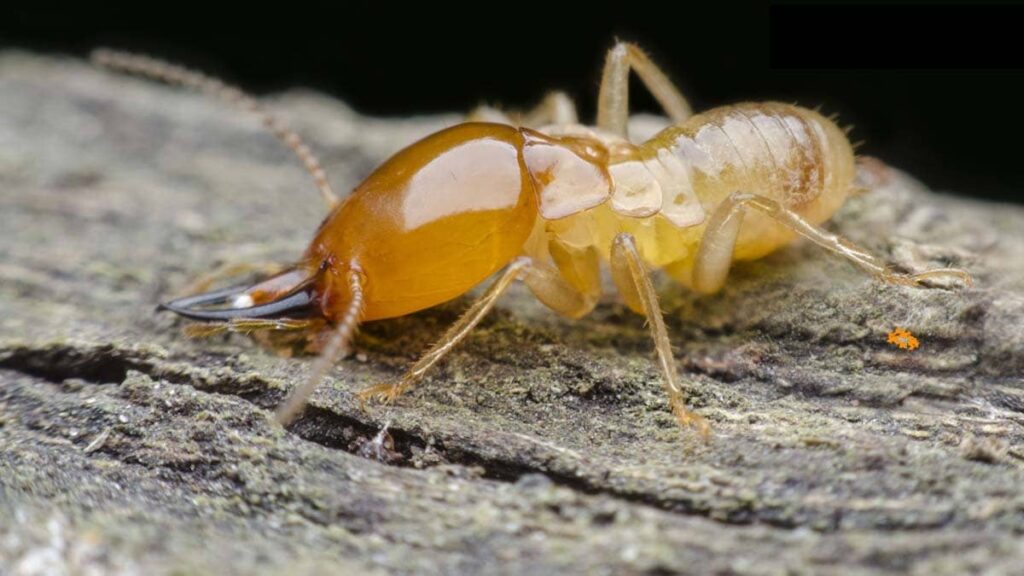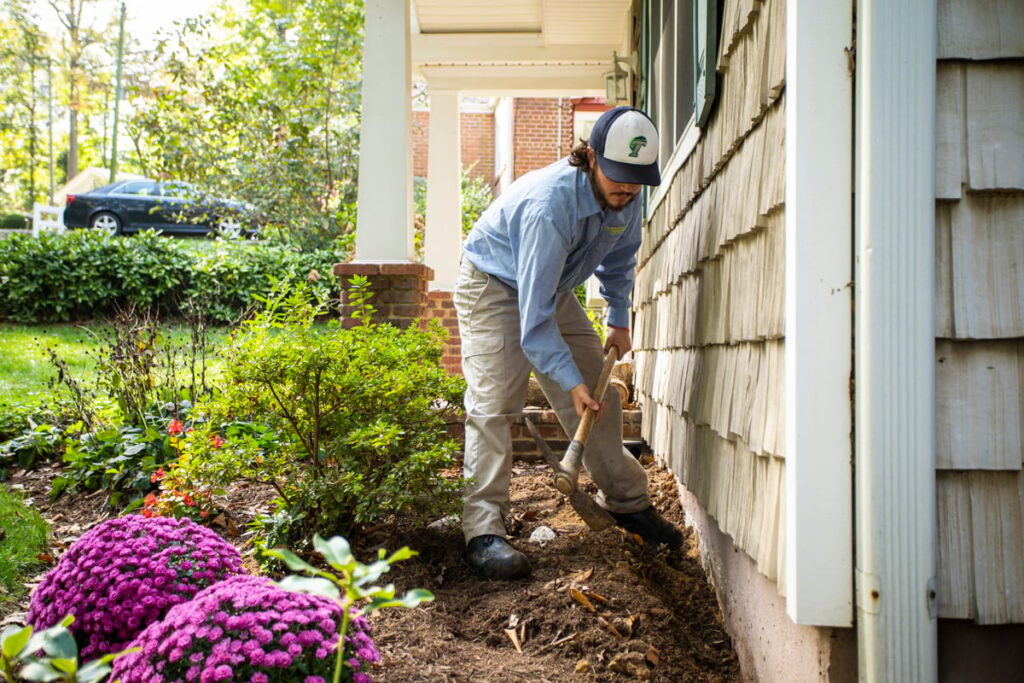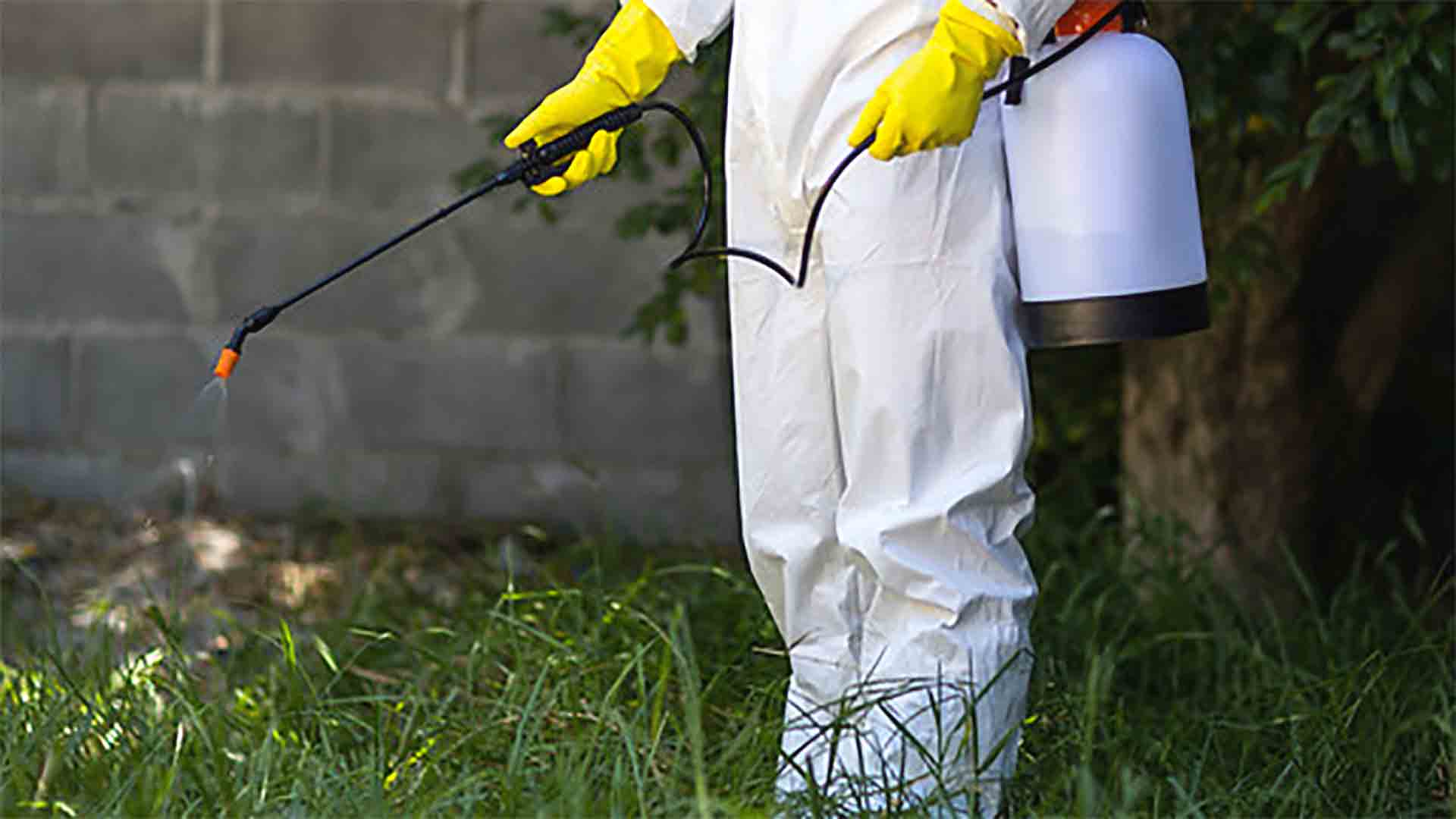Termites are often referred to as the “silent destroyers” of the pest world. These wood-eating insects can cause significant damage to homes and structures if left unchecked. Understanding how to identify, prevent, and remove termites is crucial for maintaining a pest-free environment. This article provides expert tips on termite removal, ensuring your home remains safe and secure.
Understanding Termites
Before diving into removal strategies, it is essential to understand what termites are and how they operate. There are several species of termites, but the most common in the UK are the subterranean and drywood varieties. These insects play a significant role in the ecosystem by breaking down dead and decaying wood, thus recycling nutrients back into the soil. However, their destructive tendencies can lead to severe structural damage in homes, making it crucial for homeowners for termite control penrith.
Types of Termites
Subterranean termites live underground and are notorious for their ability to form large colonies. They typically invade homes from the soil, seeking out wood and cellulose materials to consume. Their colonies can number in the thousands, and they are particularly adept at navigating through the ground to find food sources. On the other hand, drywood termites infest wood directly, often creating colonies within the timber itself. Unlike their subterranean counterparts, drywood termites do not require contact with the soil, which allows them to thrive in furniture and structural beams, making them a hidden menace in many households.
Signs of Infestation
Recognising the signs of a termite infestation early can save homeowners from extensive damage. Look out for discarded wings, mud tubes along walls, and hollow-sounding wood. Additionally, small holes in wood surfaces may indicate feeding activity. Homeowners should also be aware of frass, which is a fine powdery substance produced by termites as they consume wood. This droppings can often be found near infested areas and serves as a clear indicator of their presence. Furthermore, a sudden increase in the presence of winged termites, especially during the warmer months, can signal a reproductive swarm, indicating that the infestation has reached a critical level.

Prevention Strategies
Preventing termites from entering your home is the first line of defence. Implementing a few simple strategies can significantly reduce the risk of an infestation.
Moisture Control
Termites thrive in moist environments. To deter them, ensure proper drainage around your property. Fix any leaks in plumbing and ensure that gutters and downspouts direct water away from your home’s foundation. Maintaining low humidity levels in basements and crawl spaces can also make your home less inviting to these pests. Additionally, consider installing a dehumidifier in areas prone to dampness, as this can further reduce moisture levels. Regularly inspecting these areas for signs of water accumulation or leaks can help you catch potential issues early, preventing a conducive environment for termites. Read more about controlling moisture and preventing mold at https://ruoncampus.rutgers.edu/policies/moisture-control
Wood Management
Properly storing and managing wood materials is crucial. Keep firewood stacked at least 20 feet away from your home and elevate it off the ground. This prevents direct contact with the soil, making it less accessible to termites. Additionally, avoid using untreated wood in areas that may come into contact with soil. When constructing or renovating, opt for pressure-treated wood, which is chemically treated to resist pests. Furthermore, be vigilant about removing any dead trees or stumps from your property, as these can serve as a breeding ground for termites. Regularly inspect wooden structures, such as decks and fences, for signs of damage or decay, as these can attract termites looking for a food source.
Identifying an Infestation
If prevention strategies fail, it is essential to identify an infestation as quickly as possible. Early detection can save homeowners from costly repairs.
Professional Inspections
Engaging a professional pest control service for regular inspections can be invaluable. These experts have the training and tools necessary to detect termite activity that may not be visible to the untrained eye. They can also provide recommendations tailored to your specific situation.
DIY Inspection Techniques
For those who prefer a hands-on approach, conducting a DIY inspection can be effective. Use a flashlight to check dark areas such as basements, attics, and crawl spaces. Look for signs of mud tubes, discarded wings, and frass (termite droppings). Tapping on wooden structures can also help identify hollow areas indicative of termite damage.
Effective Termite Removal Methods
Once an infestation is confirmed, it is crucial to act swiftly. There are several methods available for termite removal, ranging from chemical treatments to more natural solutions.
Chemical Treatments
Chemical treatments are one of the most common methods for termite removal. Insecticides specifically designed for termites can be applied to the soil around the foundation of a home. These chemicals create a barrier that prevents termites from entering. It is advisable to consult with a pest control professional to select the most effective product and application method.
Boric Acid
Boric acid is a natural pesticide that can be used to eliminate termites. It works by disrupting their digestive systems when ingested. Homeowners can apply boric acid powder to affected areas or mix it with water to create a solution for spraying. However, caution should be exercised as it can be harmful to pets and humans if ingested in large quantities. To learn more about boric acid and its use click here.
Physical Barriers
Installing physical barriers during construction or renovation can prevent termite infestations. Steel mesh and concrete barriers can be effective in keeping termites at bay. These barriers are particularly useful in areas prone to termite activity, providing long-term protection for the property.
Post-Removal Prevention
After successfully eliminating termites, it is essential to implement measures to prevent future infestations. A proactive approach can save homeowners from repeating the cycle of infestation and removal.
Regular Inspections
Scheduling regular inspections with a pest control professional can help catch any signs of termite activity early. These inspections should ideally occur at least once a year, especially in areas where termites are known to be prevalent.
Ongoing Maintenance
Maintaining the exterior of the home is crucial for prevention. Regularly check for any cracks or gaps in the foundation, and seal them promptly. Ensure that wooden structures, such as decks and fences, are treated with protective coatings to deter termites.

When to Call in the Experts
While some homeowners may attempt to handle termite issues on their own, there are situations where professional intervention is necessary. Understanding when to call in the experts can save time, money, and stress.
Severe Infestations
If the infestation is severe, or if structural damage is evident, it is best to consult with a pest control professional. They have the expertise and resources to handle extensive infestations safely and effectively. Attempting to manage a severe infestation without professional help can lead to further damage and complications.
Complex Treatments
Some termite removal methods, such as fumigation, require specialised equipment and training. If the infestation is widespread or difficult to access, professional services may be the only viable option. They can ensure that the treatment is applied correctly and safely, minimising risks to occupants and pets.
Conclusion
Termite removal requires a comprehensive understanding of these pests and their behaviours. By implementing effective prevention strategies, conducting regular inspections, and knowing when to seek professional help, homeowners can protect their properties from the destructive power of termites. A proactive approach not only saves money in the long run but also ensures peace of mind, knowing that your home is safe from these silent destroyers.
In summary, staying informed and vigilant is key to maintaining a pest-free environment. With the right knowledge and tools, homeowners can effectively combat termite infestations and safeguard their homes for years to come.
Related : Termite Removal 101: Expert Tips for a Pest-Free Home

